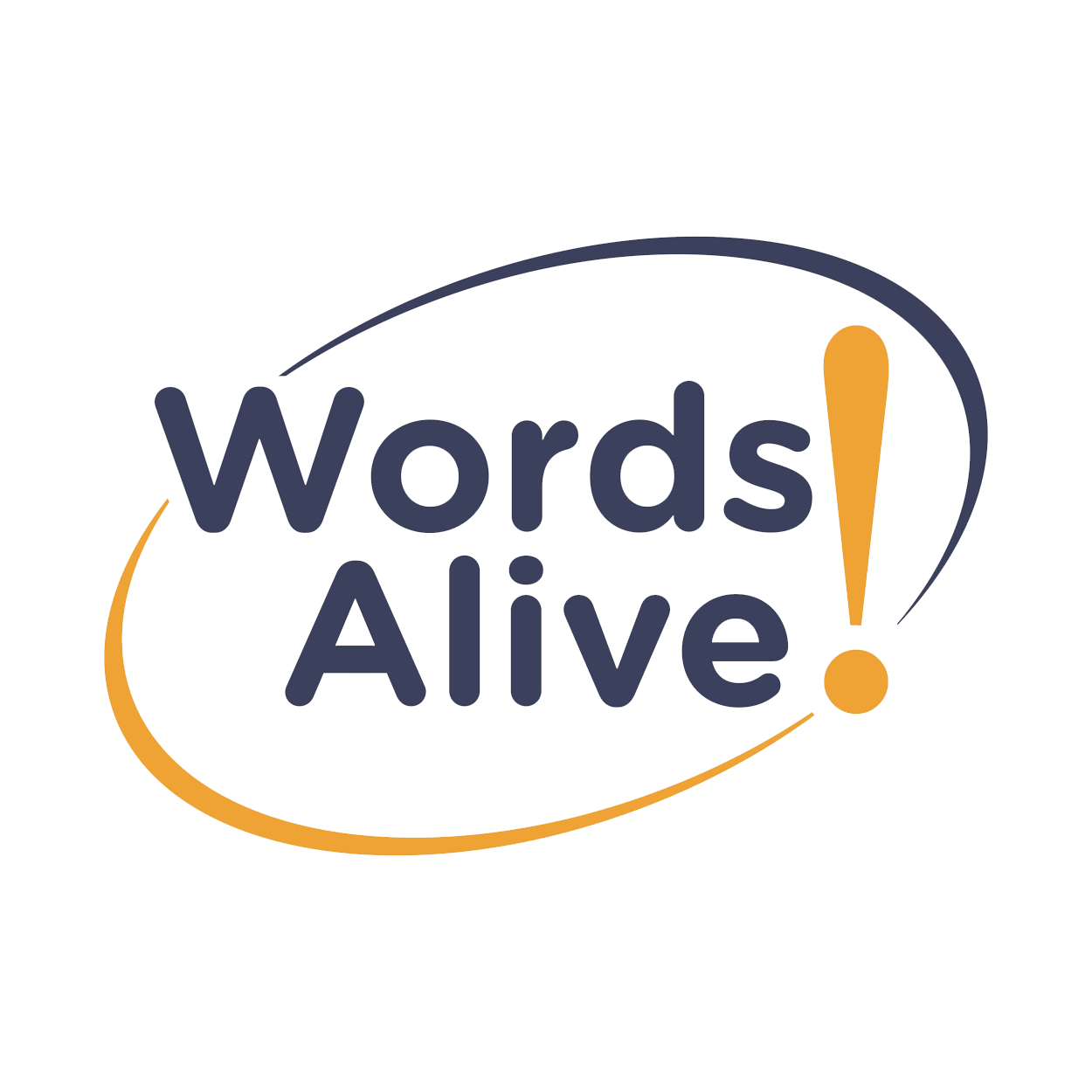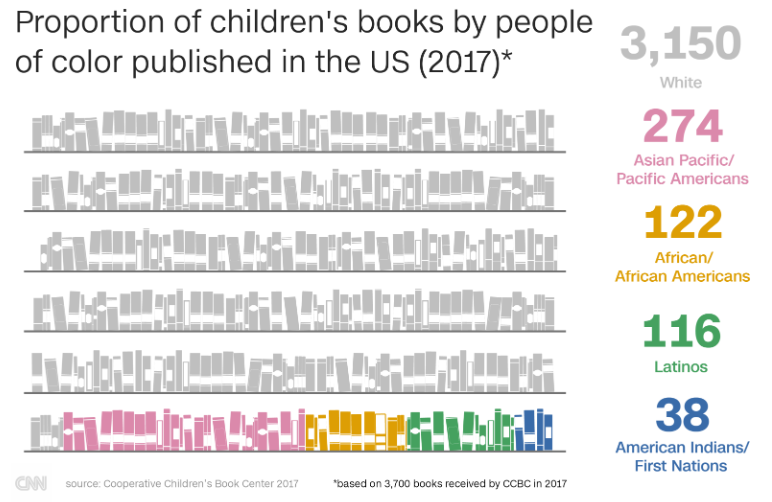By Jennifer Van Pelt
Image of young adult author Nicola Yoon and her husband holding up a sign that says, “We need diverse books because of everything in this circle.” There is a circle cut out of the sign and their daughter is standing so her face is in the circle. Photo credit: Nicola Yoon
In a recent blog post, we previewed a few books included in our curriculum for the 2018-2019 school year. Among the books included are short stories and novels that feature characters and are written by people of color, members of the LGBTQ+ community, authors who deal with mental health issues, and have other diverse experiences.
ADL is a nonprofit whose mission is to secure justice and fair treatment to all, including those of varying religions, races, genders, and identities. ADL posted an article outlining anti-biased education and how diversity in books was related. The article explains the difference between “mirror books” and “window books” when referring to diversity in children’s literature. A “mirror book” contains a reflection of oneself: your culture, gender, race, religion, etc. and enables the reader to potentially see themselves in a different light. On the other hand, a “window book” gives the reader a glance into another life that features different people, events, and places that they may not be familiar with. Exposing students to different environments through these “window books” is a unique opportunity to learn empathy and perspective, while allowing children to reflect on their experiences through “mirror” books helps them relate in new ways and learn more about themselves in the process.
A graphic titled “Proportion of children’s books by people of color published in the US (2017).” The graphic shows the following statistics: 3,150 white, 274 Asian Pacific/Pacific Americans, 122 African/African Americans, 116 Latinos, 38 American Indians/First Nations. Source
What Portion of Books are Considered Diverse Today?
The Cooperative Children’s Book Center does a yearly study on how many books are published from non-white authors. Though there has been an increase in recent years for books published from multicultural authors, there are still just over 10% of books published in the last 24 years that were written by and about people of color. This is compared to the 2017 census data that reported 40% of Americans as people of color.
Examining the books in the Young Adult LGBTQ category, where the characters or plot line focuses on LGBTQ issues, the percentage has doubled in the last decade. Malindo Lo, an author who writes about such issues, conducted her own study in 2017. Malindo counted books published each year by mainstream authors, reaching nearly 80 books in 2018, up from 55 in 2015. Comparing this to the 4.5% reported American LGBT population in 2017, there is a large variance between the population and the representation within publications and what students are exposed to. This under-representation is what a lot of advocacy groups and movements aim to address today.
Is Diversity in Books an Important Topic Today?
Yes! We Need Diverse Books aims to “produce and promote literature that reflects and honors the lives of all young people.” An 11 year old African-American girl, Marley Dias, launched the #1000BlackGirlBooks to bring awareness to the lack of diversity in contemporary books.
Words Alive understands the importance of diversity as well and works hard to bring “window books” and “mirror books” into the classrooms to teach students self-reflection and empathy. Most of our participants are non-white students, a group that is severely underrepresented in American publications. By exposing students to different cultures and reliving how main characters have endured experiences that the reader may have gone through personally, we are able to bring more representation, tolerance, and understanding into the classroom.
Sources:
https://www.adl.org/education/resources/tools-and-strategies/table-talk/why-we-need-diverse-books
https://ccbc.education.wisc.edu/literature-resources/ccbc-diversity-statistics/
https://www.census.gov/quickfacts/fact/table/US/PST045217
https://www.malindalo.com/blog/2017/10/12/lgbtq-ya-by-the-numbers-2015-16
https://news.gallup.com/poll/234863/estimate-lgbt-population-rises.aspx
https://diversebooks.org/about-wndb/


